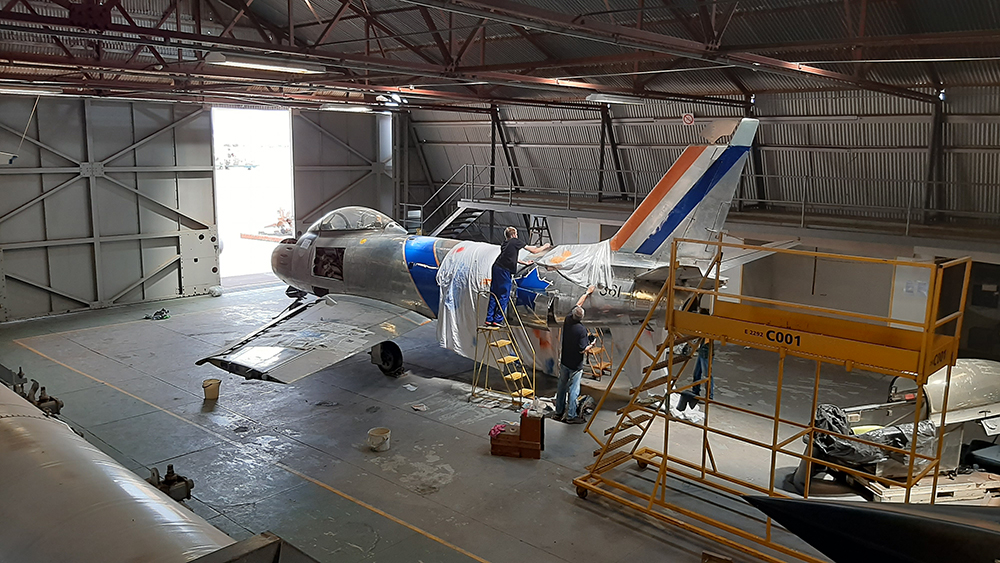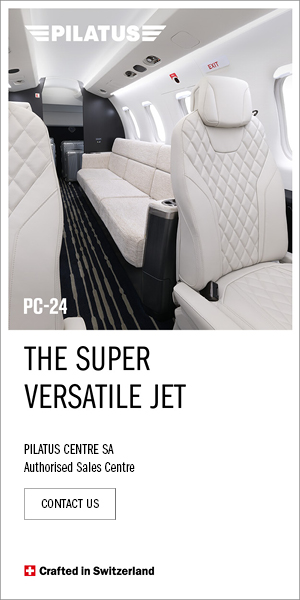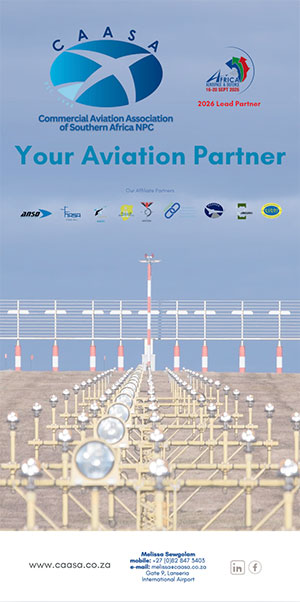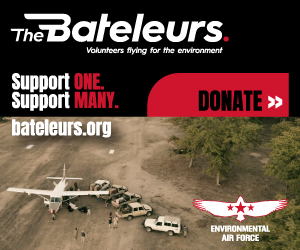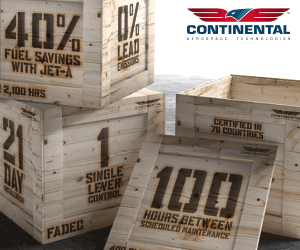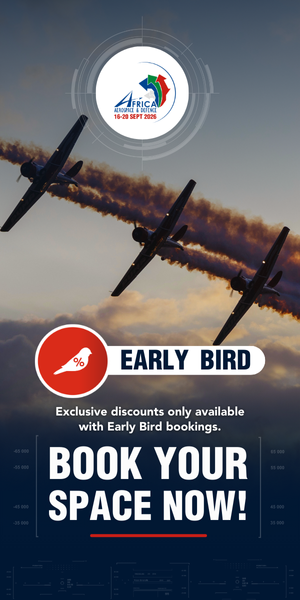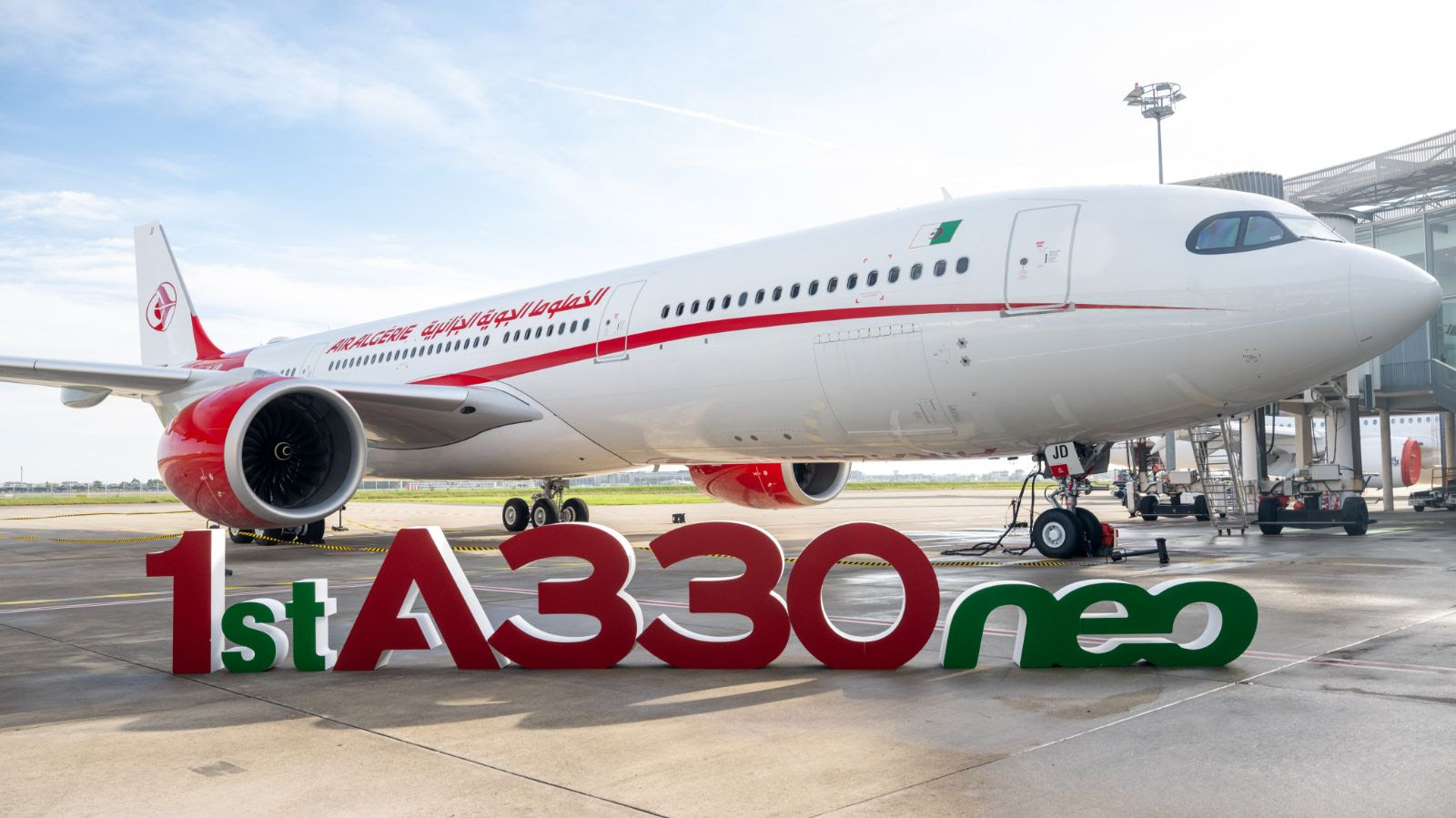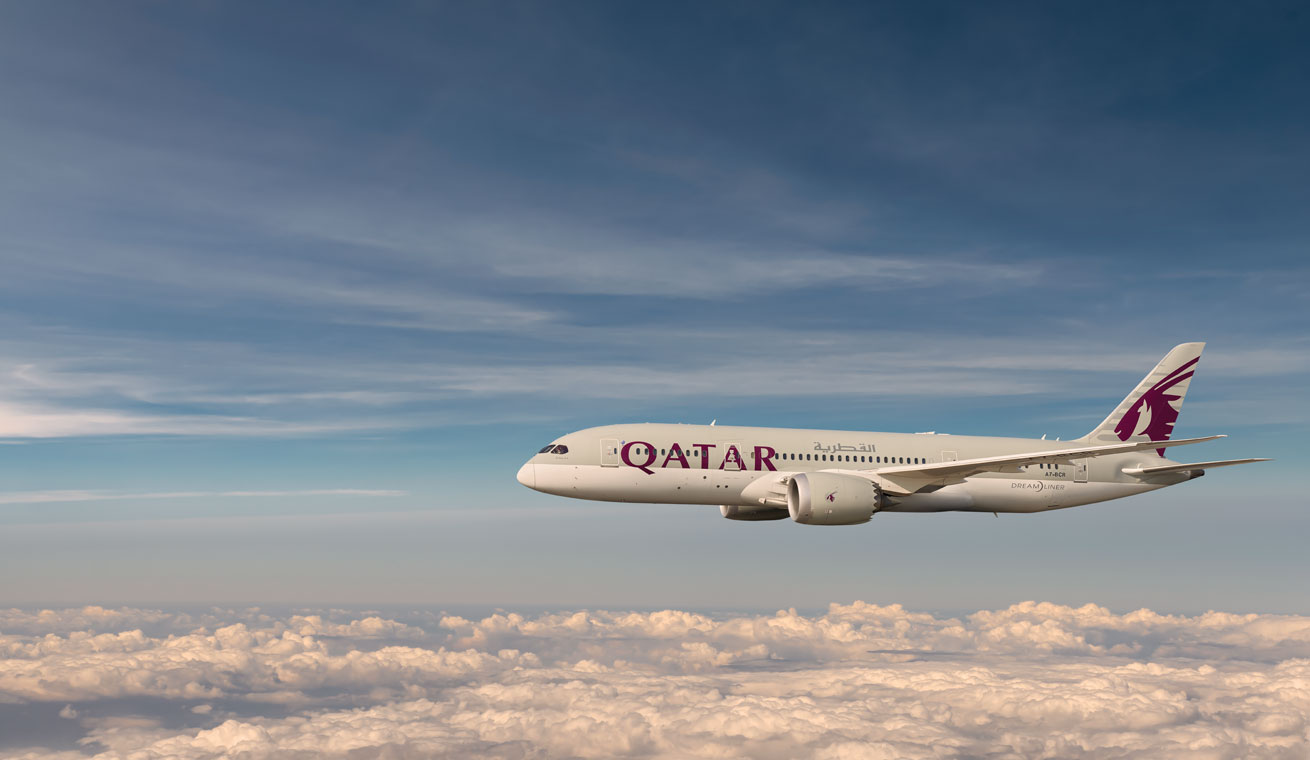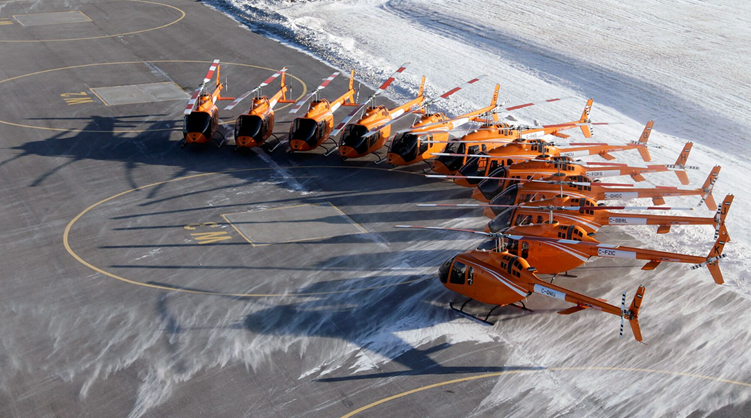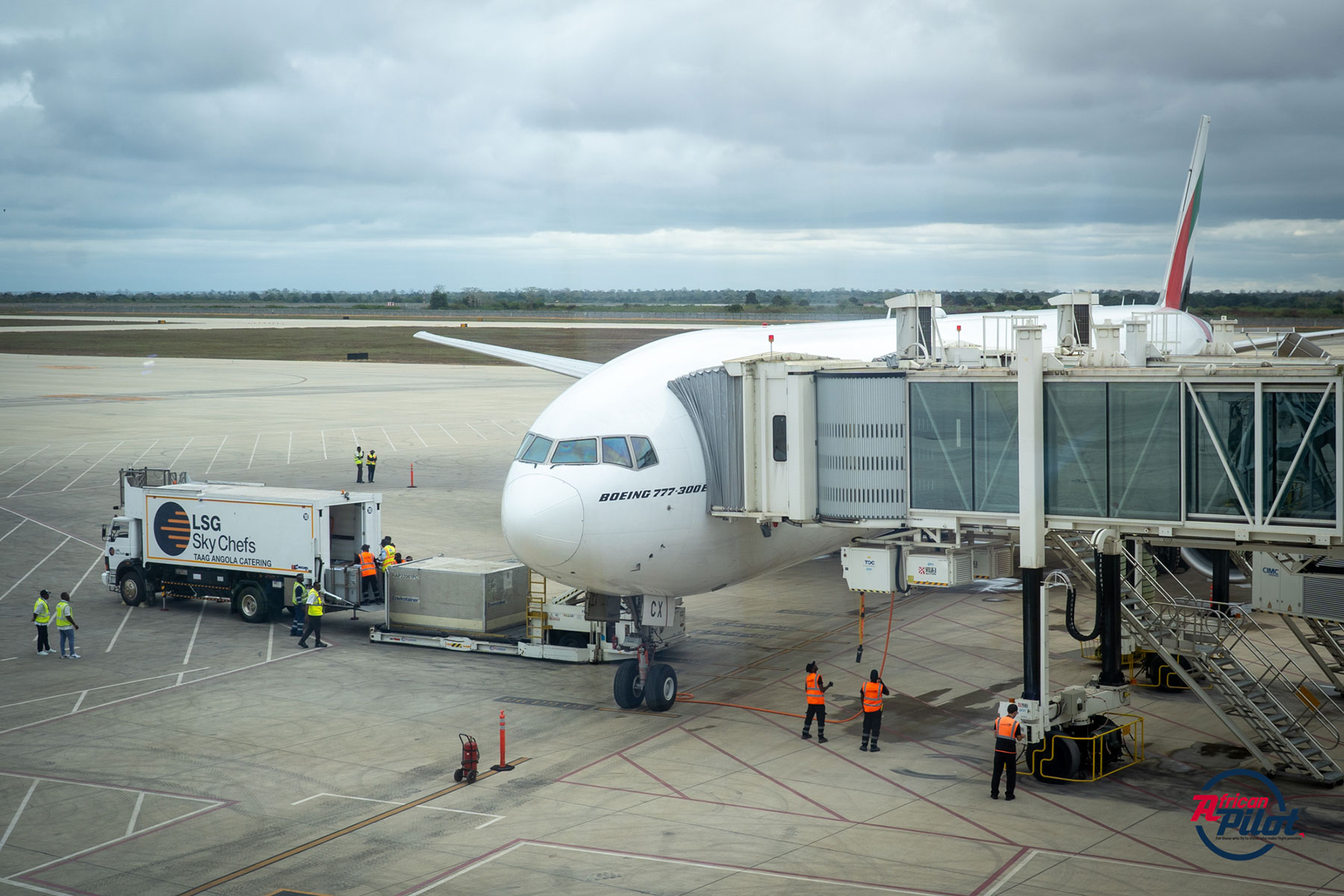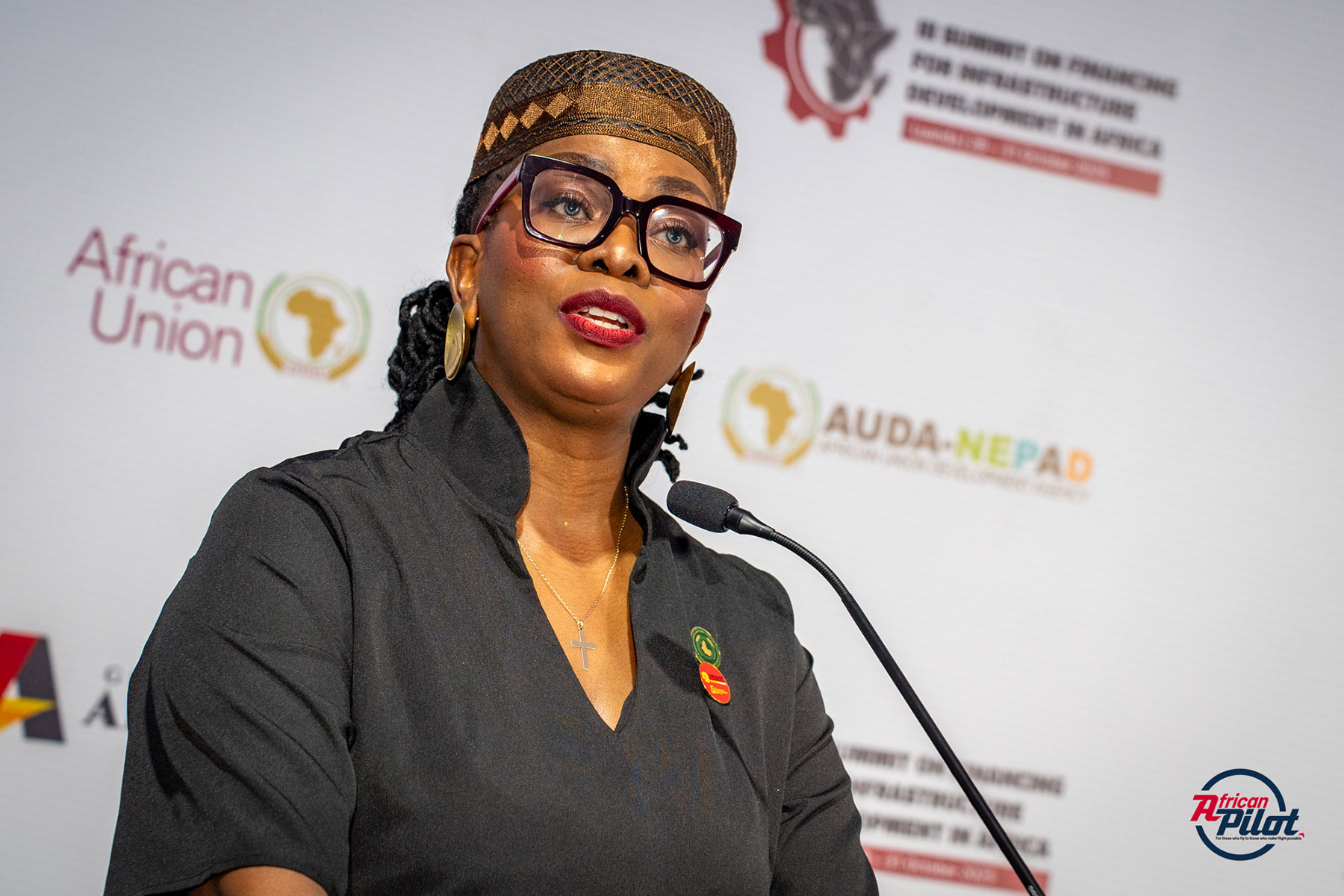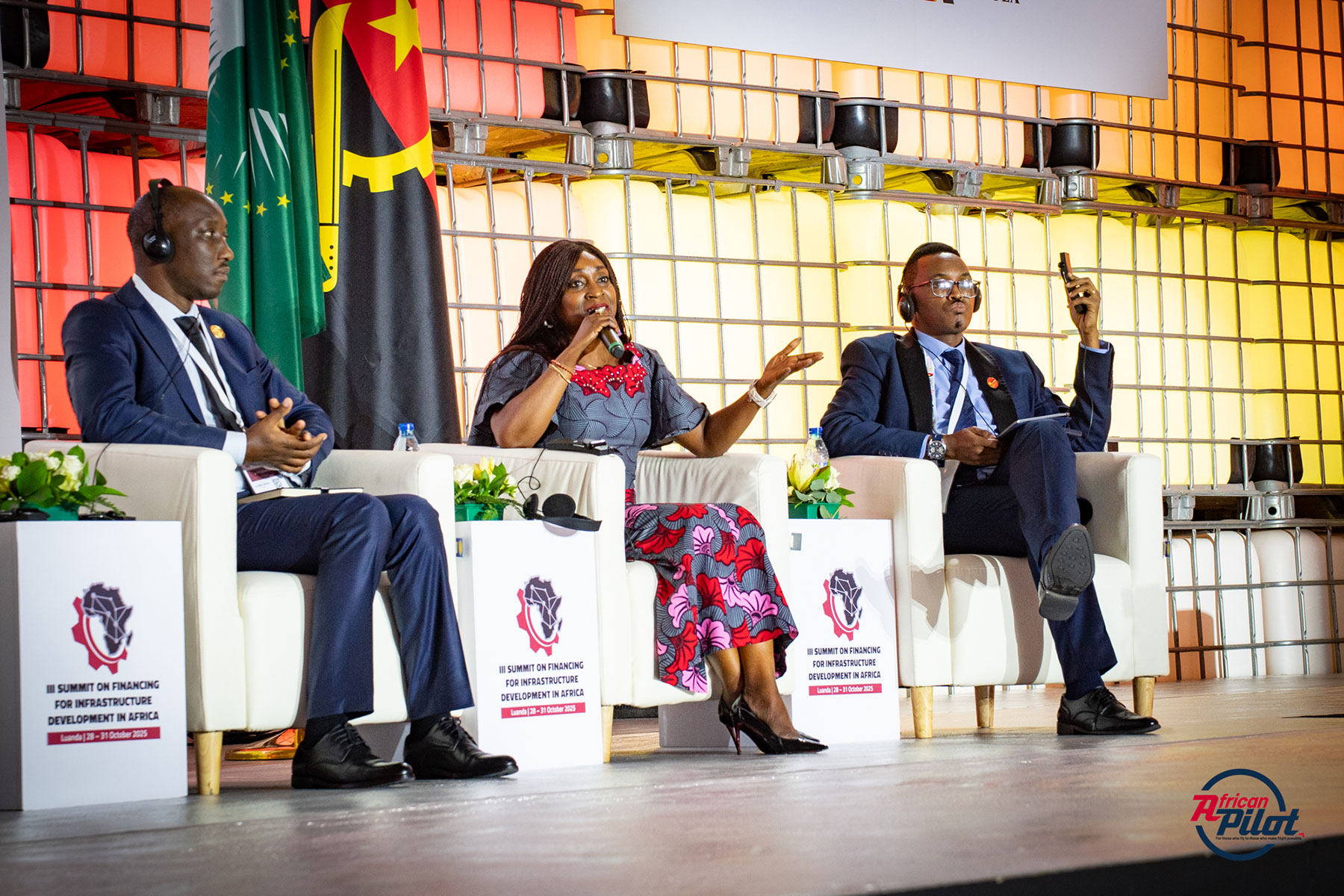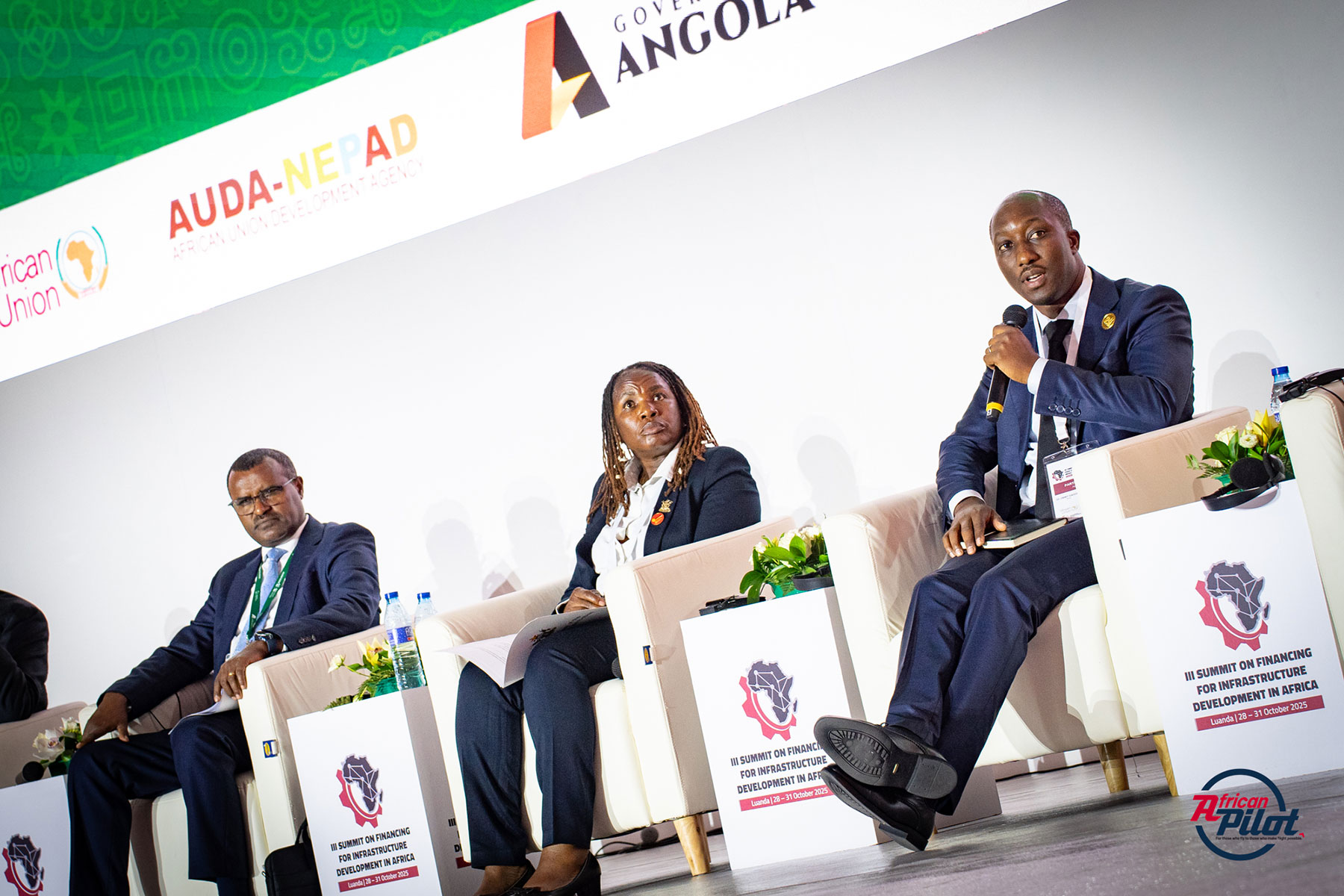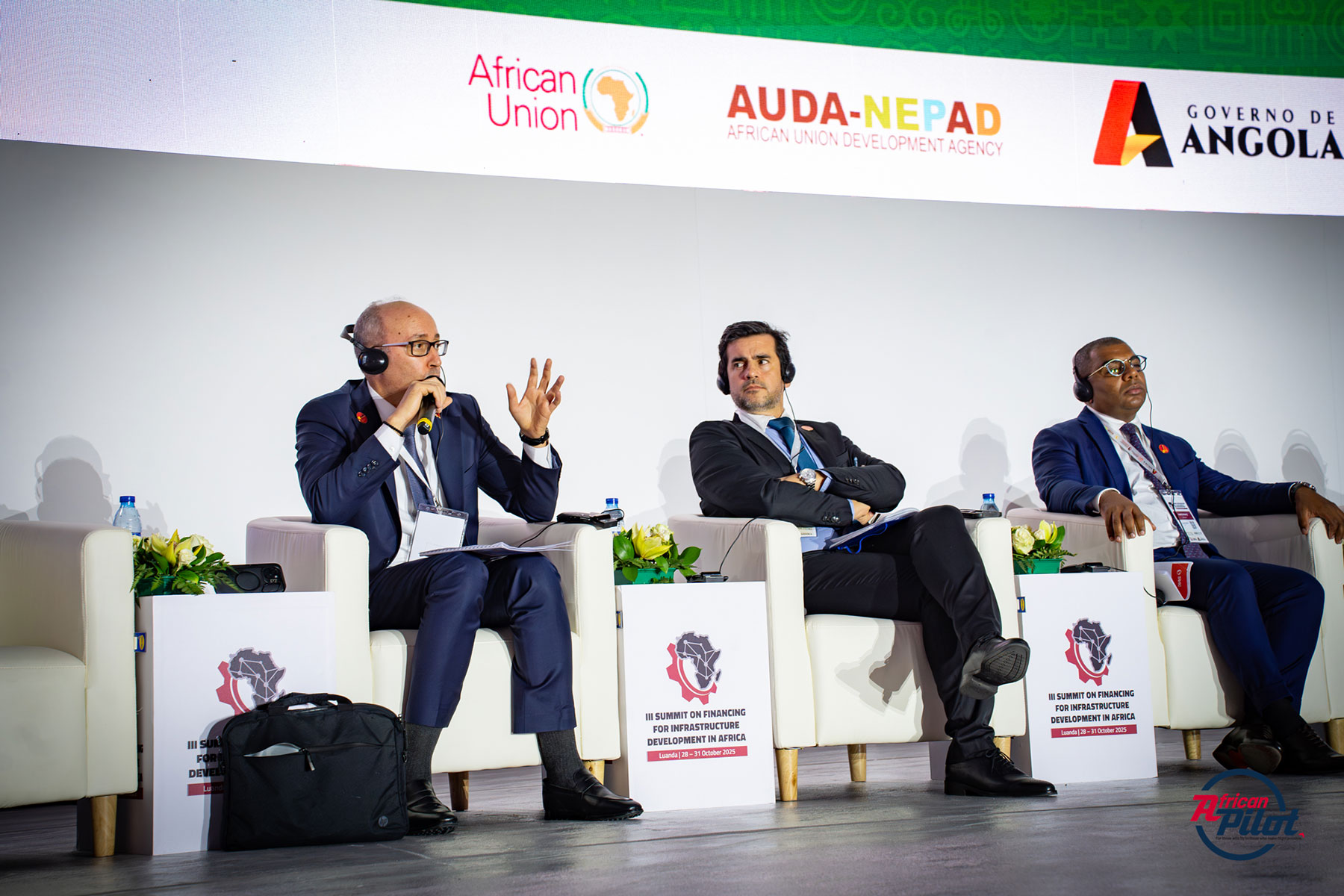Montagu Thorne and Matthew Olivier share the restoration journey of the Sabre.
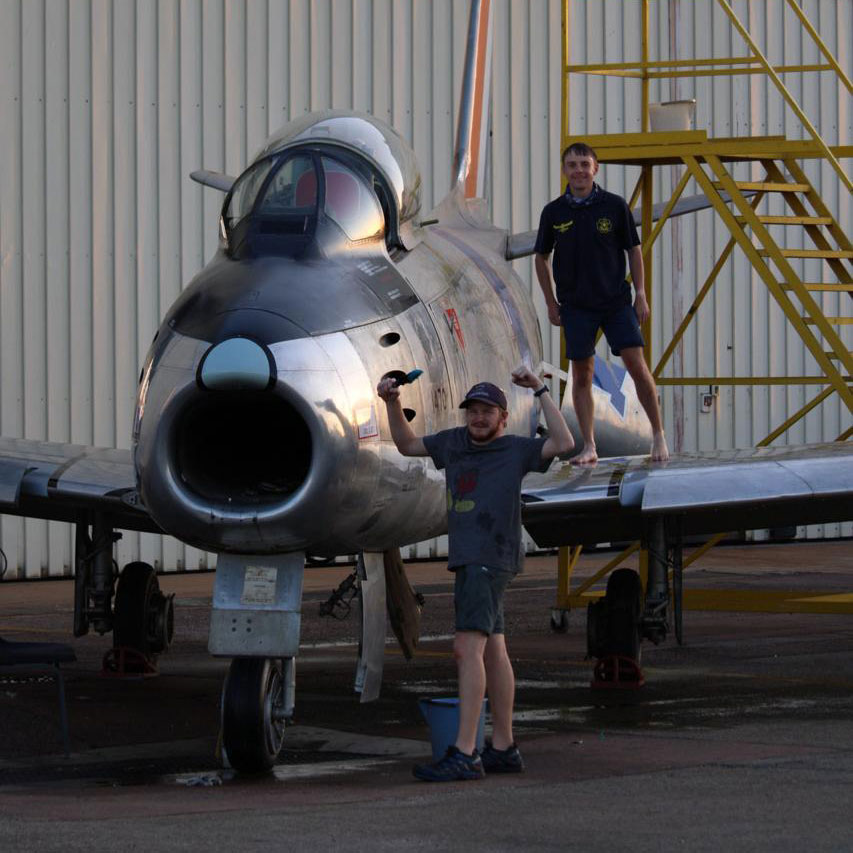
The idea for the restoration of Sabre tail number 361 first began in 2018. At the time, both Montagu Thorne and Matthew Olivier were still relatively green in terms of working on static aircraft—or any aircraft at all, for that matter—but it was an idea born out of passionate enthusiasm for aviation and this piece of heritage.
Both had, like most people involved with the project, a lifelong passion for aviation, with parents or close family members involved in the South African Air Force (SAAF) or the general aviation trade.
After joining the Friends of the SAAF Museum (FSAAFM) in mid-2017, inspiration came to start a restoration project, and Sabre 361 was chosen, as it was in a somewhat dilapidated state compared to the surrounding indoor exhibits at the Museum at the time. It was thought (naively) that it would be a relatively straightforward cosmetic restoration, being a predominantly bare-metal aircraft with relatively minimal markings left on the airframe.
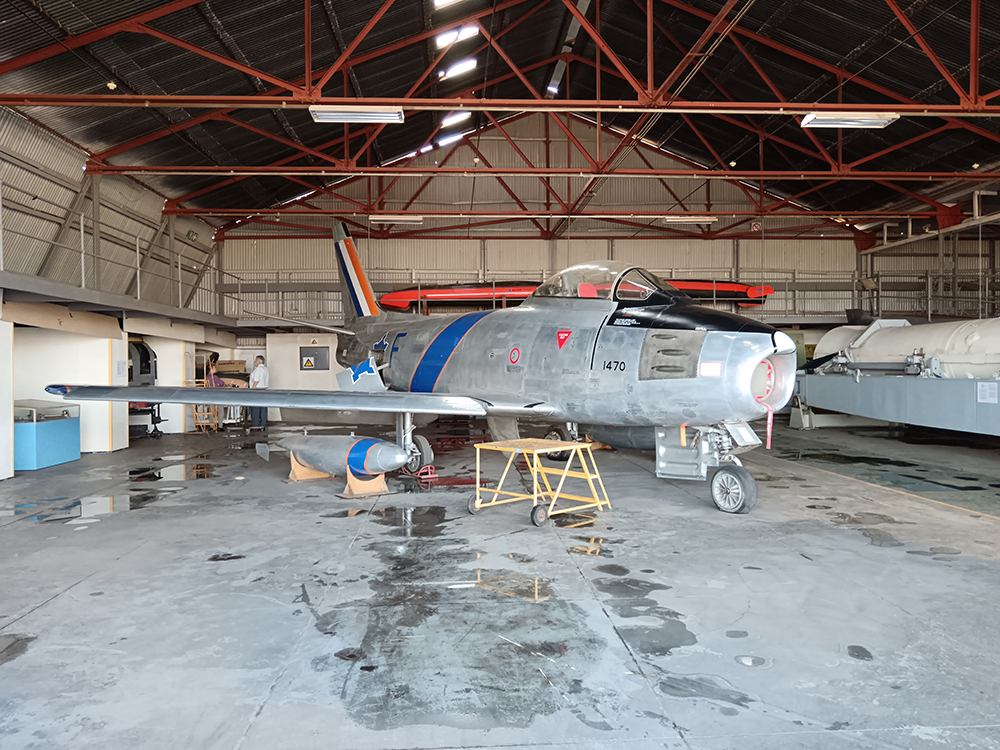
A proposal was drafted, and after approval was granted for the commencement of the project, the first task on the list was completed – polishing the oxidised exterior of the aircraft.
It soon became evident that a far larger workforce was required than initially estimated, so interested members of the FSAAFM were gradually recruited, and more appropriate equipment was acquired to complete this first task.
After polishing began, visibly rusty panel screws from the exterior of the aircraft were also removed and replaced. Why replace the screws? What’s the use of putting all the effort into polishing the aluminium for it to be marred by rusty screws?
This was the second shock—particularly because 361 had spent a reasonable portion of its time at the SAAF Museum as an outdoor display, leaving plenty of time for exposed steel fasteners to rust solid. As time went on, those involved became quite well practised in rusty screw removal, which gave the confidence to begin removing fairings and panels that needed more focused care than just polishing. At this point, assistance was sought from those with far more knowledge in practical aircraft restoration. After meeting with and discussing restoration plans with some of the SAAF Museum technical staff, the team was delighted by how willing they were to help and pass their valuable skills on to others involved.
In this respect, it cannot be stressed enough how valuable the SAAF Museum personnel were during the practical restoration process—pointing the team in the right direction regarding the correct techniques used in basic sheet metal work, panel beating, corrosion treatment, and the final repainting of restored parts. In summary, the tasks completed on the project included polishing, panel beating, priming, painting, restoration and replacement of corroded fasteners, stencilling, and the replacement of the old, sun-baked canopy with a newer one kept in storage.
Naturally, the project faced numerous challenges. Base lockdowns imposed as a result of the Covid-19 pandemic, project members emigrating, the retirement of some SAAF Museum technical staff, and internal politics all delayed progress. However, this also provided an opportunity to further fine-tune the process and plan out the next set of restoration tasks—and in what order to complete them.
Post-2020, the recruitment drive focused on junior aviation and military enthusiasts—a demographic under-represented in many restoration projects at the time. As a result, numerous individuals whose contributions were crucial became involved, and lifelong friendships were formed in the process.
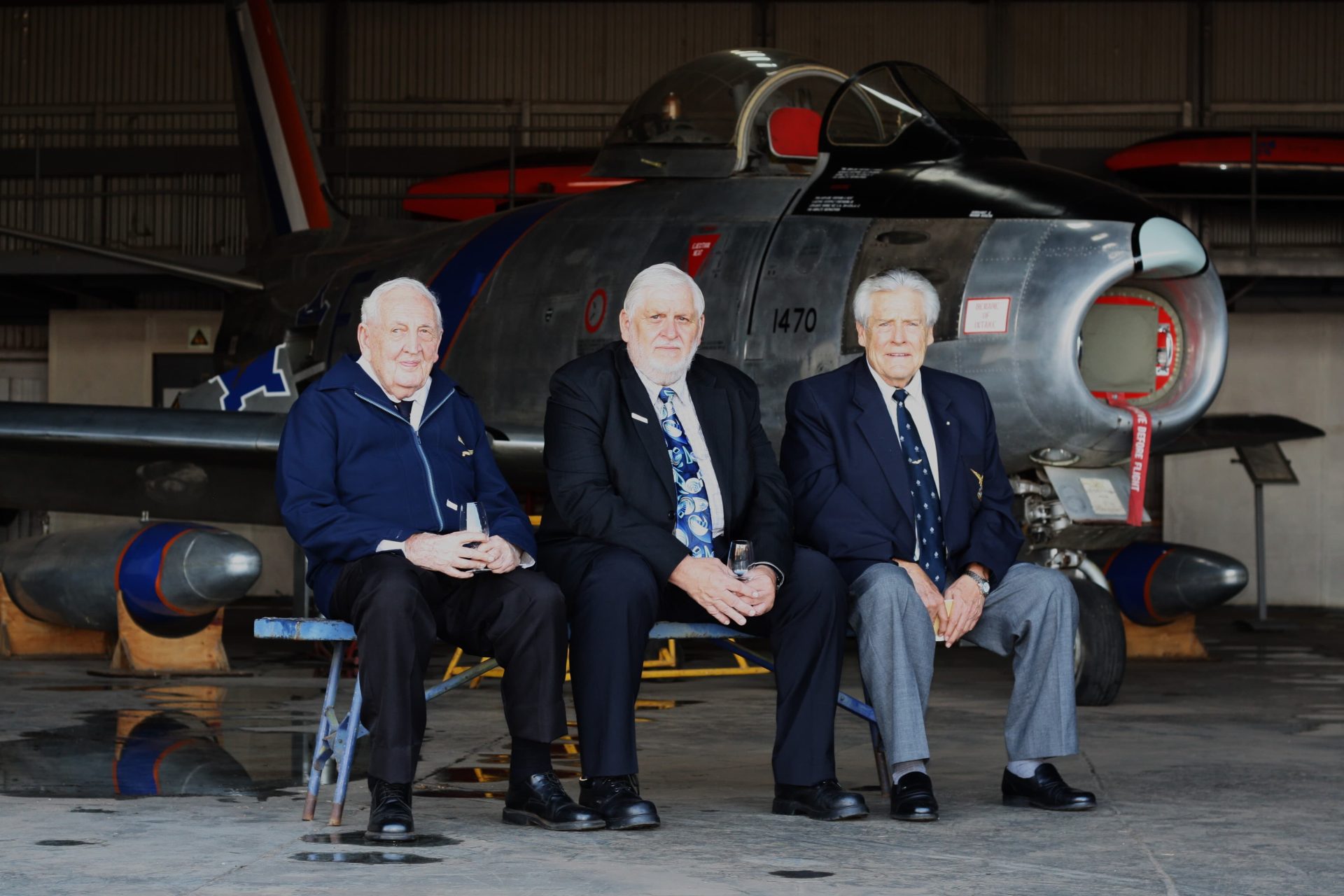
As a final official conclusion to the project, a function was hosted at the SAAF Museum on 22 February 2025 to thank all those involved in the project over the six-odd years of its duration and to honour two ex-1 Squadron Sabre pilots in attendance, John Boardman and Toby Adelaar.
During the event, they gladly shared a few of their favourite anecdotes about their time flying Sabres in service nearly 70 years ago—including some adventures in this very aircraft.
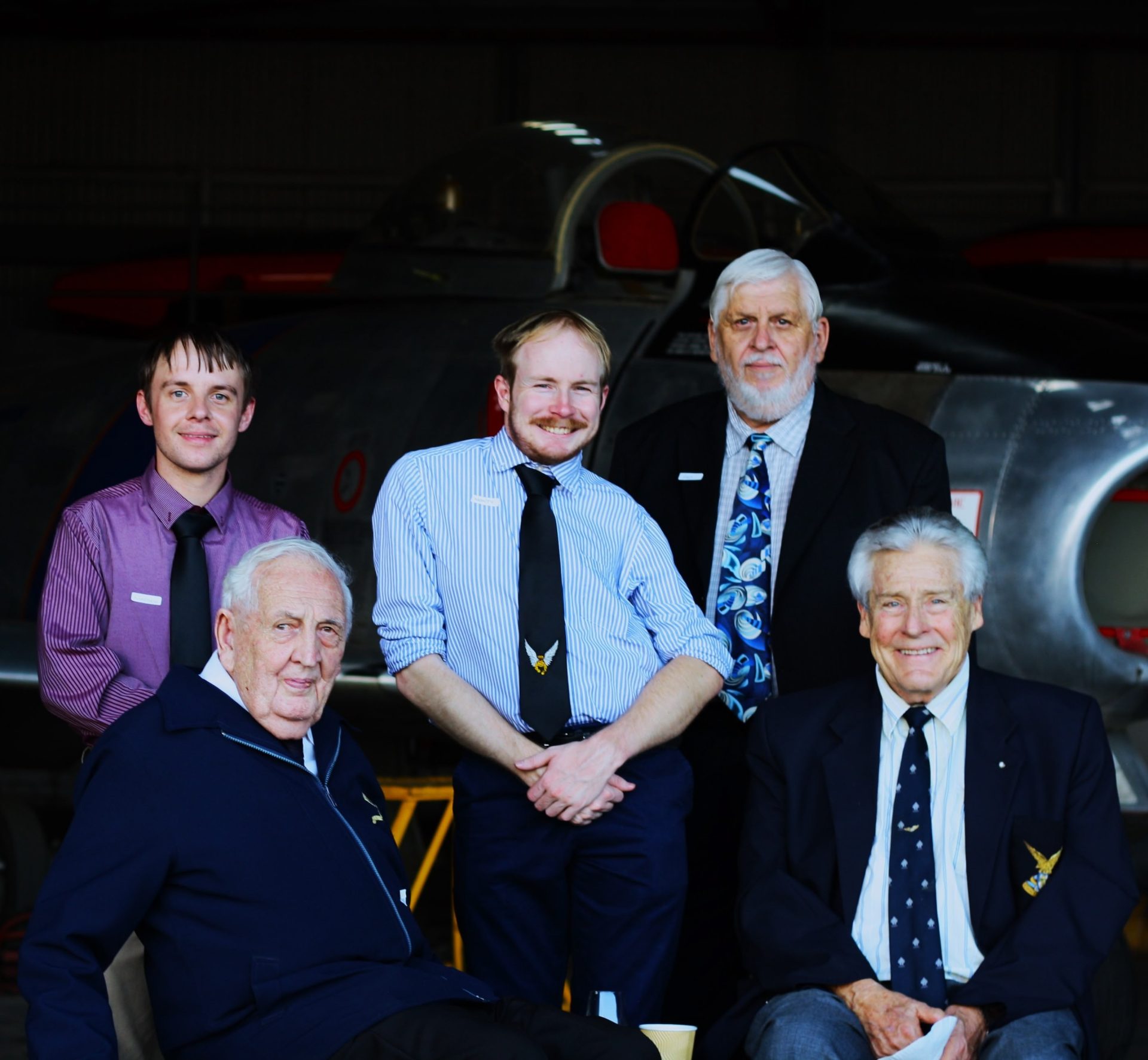
Montagu and Matthew also conveyed their sincere appreciation to Major Kedi Moagi, who attended on behalf of the O.C. of the SAAF Museum—without whose support the project would not have been possible. This restoration project is dedicated to those who served the country in both 1 Squadron and 2 Squadron, past and present, and it is hoped that the restoration of this aircraft for public display at the SAAF Museum serves as a token of continual appreciation.
Edited by Phillippa Dean
Pictures supplied for publication by the restoration team.
